I had an interesting experience, giving my “Simply Draw it” urbansketching workshops for beginners this spring. I teach what I myself most need to learn, and learn much from the participants as well. I also learn a lot from the questions you ask me!
After giving these workshops, some participants who came back since my workshops in November and December, were discouraged by the fact that they didn’t make much progress. Some think “they have no talent” and wonder if it’s of any use to continue to try drawing. At the same time they admitted they hadn’t drawn since December… That’s 5 months without working on the drawing skills.
I can’t stress this enough: It’s not about talent. It’s about doing the work! Or like Ira Glass tells it better for storytelling, and it’s the same for drawing: “It is only by going through a volume of work that you will close that gap (= that gap between what you want to make, and what you’re making), and your work will be as good as your ambitions.”
“Nobody tells this to people who are beginners, I wish someone told me. All of us who do creative work, we get into it because we have good taste. But there is this gap. For the first couple years you make stuff, it’s just not that good. It’s trying to be good, it has potential, but it’s not. But your taste, the thing that got you into the game, is still killer. And your taste is why your work disappoints you. A lot of people never get past this phase, they quit. Most people I know who do interesting, creative work went through years of this. We know our work doesn’t have this special thing that we want it to have. We all go through this. And if you are just starting out or you are still in this phase, you gotta know its normal and the most important thing you can do is do a lot of work. Put yourself on a deadline so that every week you will finish one story. It is only by going through a volume of work that you will close that gap, and your work will be as good as your ambitions. And I took longer to figure out how to do this than anyone I’ve ever met. It’s gonna take awhile. It’s normal to take awhile. You’ve just gotta fight your way through.”
―
Or like Cennino d’Andrea Cennini (Italian painter influenced by Giotto) says it so well in “Il libro dell’Arte” in the 14th century:
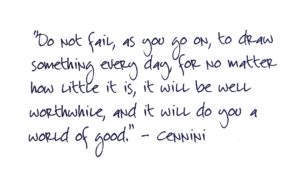
For the moment I have a Japanese violin player staying at my home. She’s participating in an international competition for young musicians in Brussels, the Queen Elisabeth Competition. One could say she’s very talented, because she has been selected for this famous competition and passed already the first 2 rounds and is now in the finals that will be happening in the week of the 20th May. But it’s very hard work. It’s not mainly about talent. The talent might be a “musical ear”? The rest is hard work: hard work studying not only the music on the violin, but also the life and points of view of the composers she’s playing, to make sure she’s interpreting the music correctly and reflecting the right feelings the composer wanted to show, and doing a lot of technical exercises on the violin. To master any skill a regular practice is necessary. She’s playing every day.
It’s the same for drawing.
The drawing process can be compared to music and storytelling. Practice is important. And staying focused when you practice. And don’t give up in the middle of the slog. The middle of the slog is mostly “ugly” and it takes patience. Patience and letting go of perfectionism. As an architect I used to feel desperate if my drawing didn’t immediately look great and correct (good perspective, right amount of windows and doors,…). Let it go and just continue.
To make creative work that you’re proud of takes time, a lot of time, for everybody. There’s no such thing as overnight success, even for accomplished artists. It’s muscles you have to train, drawing muscles, like the day you learned to write.
So next time you start a drawing and you want to stop midway because you don’t like it and it feels too uncomfortable: Don’t stop! CONTINUE DRAWING !
So I’m curious: how do you motivate yourself to continue drawing when it feels uncomfortable? Tell us in the comments below how you keep up the good work !
Watch the video of Ira Glass. It’s full of wisdom.
With much love,
Barbara
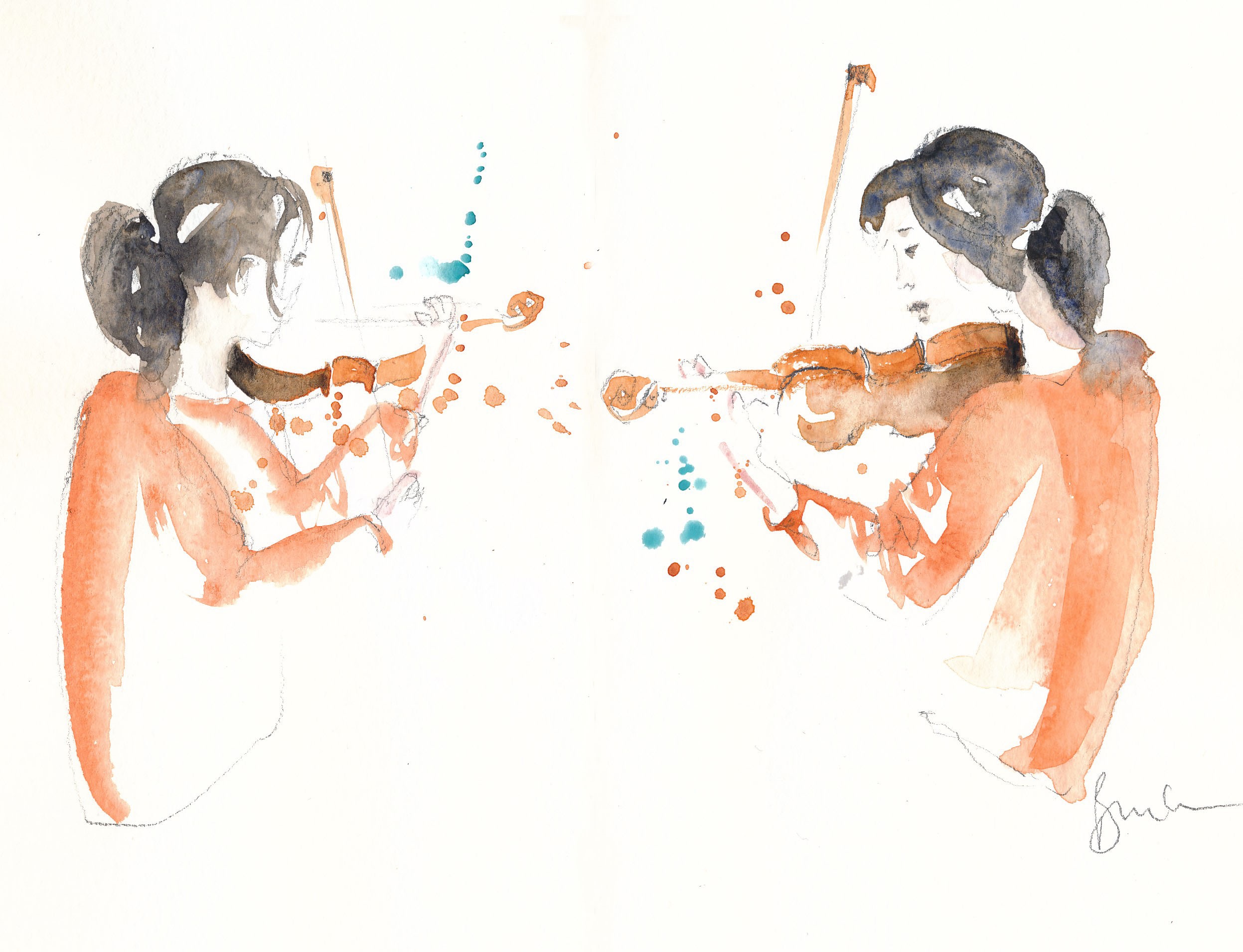
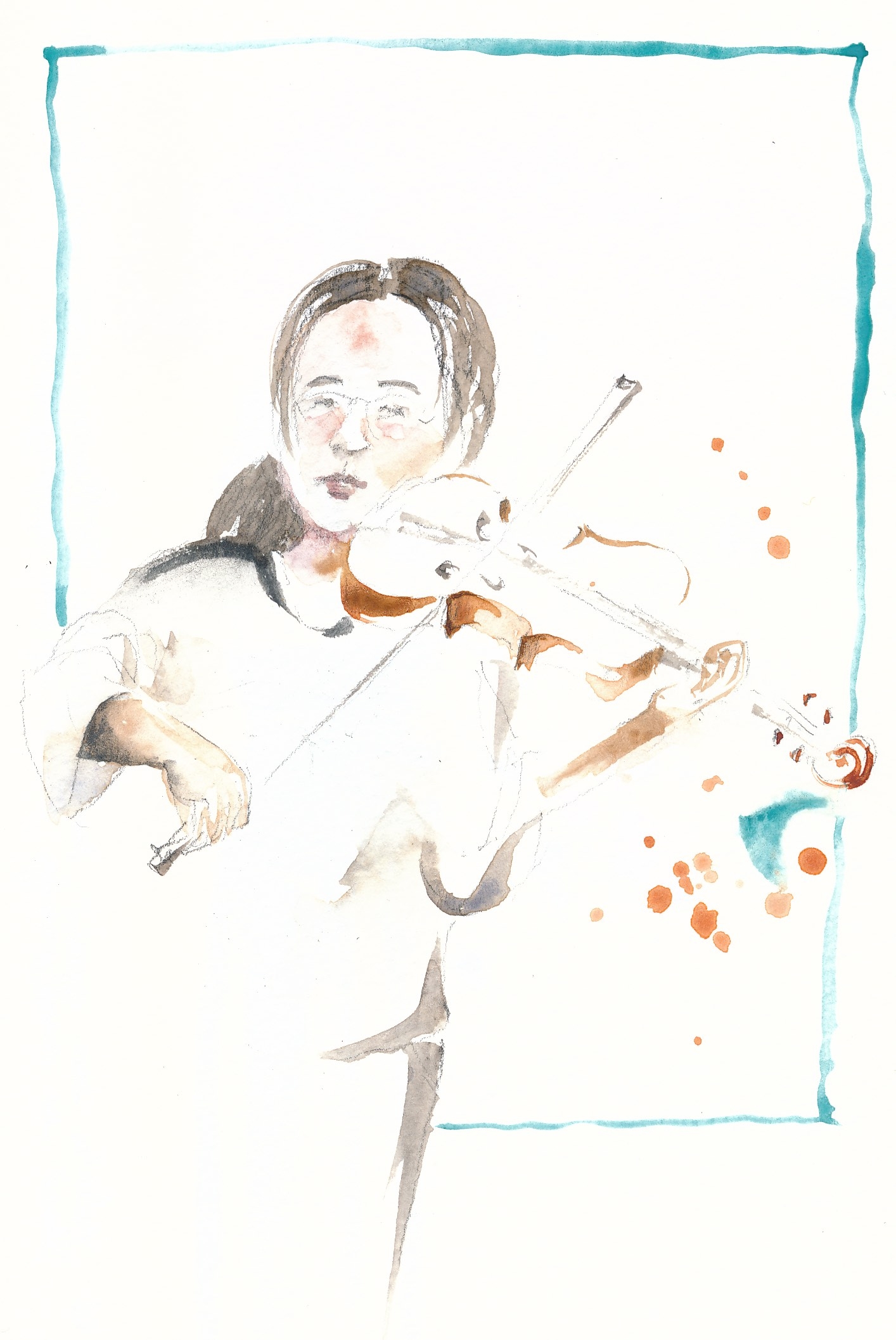

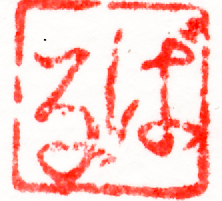
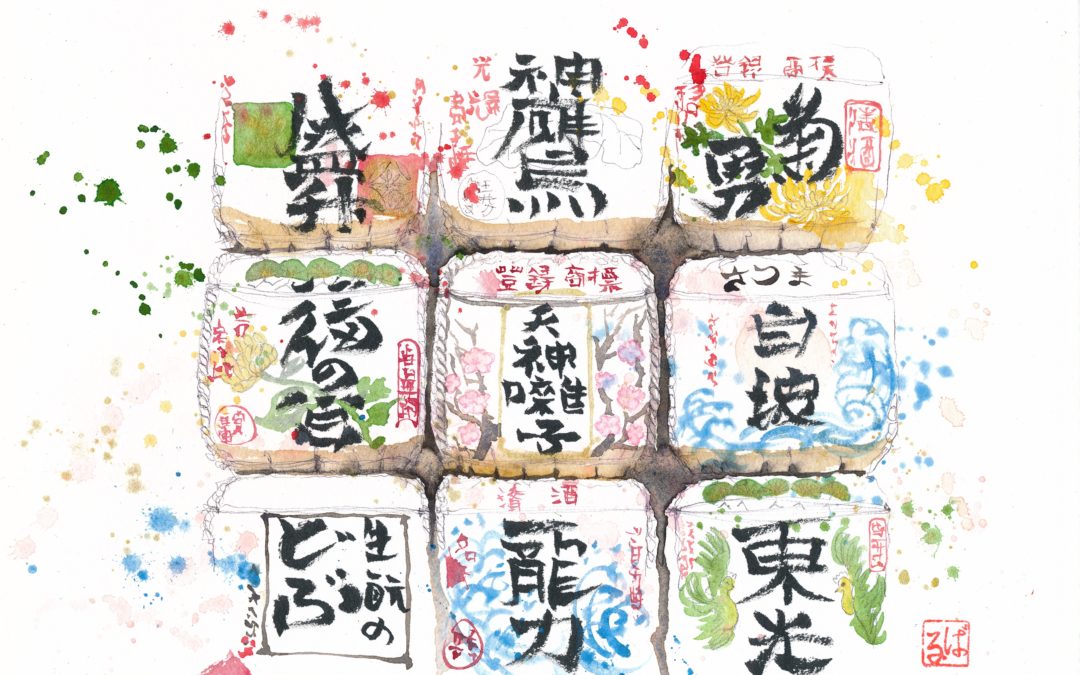
I always am excited every time your email arrives, because I know I can learn something from it. And of course, the illustrations that comes with the message are amazing. This time, you encourage me to keep practising and not to give up. Thank you! I will surely follow my teacher’s suggestions (by now I consider you as one of my teachers, my favourite one!) Thanks again Barbara…I may go back to drawing now. Until the next message….
OOOOOooohhhh Emily!!! Thank you so much!! I have tears in my eyes when reading this (tears of happiness) and I feel very honored !
Thank you again and have a lovely day!
Barbara
You are completely right.
The practice makes a perfection ( but the good art usually don’t need to be perfect !!)
After a while, I decided to came back to my drawings… I started finding some online courses ( lack of time) and some inspirational ideas on the web.
I decided to collect all the drawings and images I find attractive – and analyze technically why I found interesting.
Next step was trying to “copy” these styles and see if they fit with my skills level.
The first tentative had failed, also the second… but I kept doing… I realize I have learned with my own mistakes and I can see a progression as I keep trying.
But I made a crucial mistake in this process: although I have found I am progressing quickly and very happy with the results, I started showing my art to other people – family – and with all good intentions – they pointed out all the mistakes I made and what they don’t like in my drawings ( they certainly think they are helping me showing where I can improve!!).
My self-confidence has been shaken.
And now I decided: my drawing are to please myself, not others ( at least in the beginning stage).
Lesson learned.
Oh Thank you so much for your comment, Nathalia! What you write here breaks my heart, because it happened to me so often, that someone close to me shook my self-confidence by “well-meaning” comments …. I have been hiding my drawings for a long time…. People who are close to us are usually not the best placed to help us forward and this can be true in many different fields. Because they have usually a very fixed idea of what is good for us. And it’s usually not what we ourselves have in mind… So I stopped listen to other people’s voices to better be able to listen to my soul of where I want to go. And when I will have arrived there, I will let them know… ;))
What I can advice you here is to join an urbansketchers group. I don’t know where you live, but there are certainly some urbansketchers active in your area? The urbansketchers community is a usually very loving and supportive community who can inspire you and lift you higher. Because sometimes it’s more fun to go sketching outside and see what others are making and share our progress.
Much love and thank you for sharing!
Barbara
PS: Nathalia, another thought: don’t look for perfection in your drawing practice. You’ll never reach it, and by the way, perfection is booooooring… ;))
Kisses,
Barbara
Thank you Barbara.
It is true. The frustrations of learning something new, becoming a child again, forgetting how long it took to learn to read and write can be very tough as an adult. This is even more true when our lives are so full of “grown up” responsibilities and we cannot skip off to school everyday and focus on our set lessons that provide us with the necessary instruction and exercises.
So, personally, I try to balance my time and set realistic expectations for my progress….”my life is a jar”……drawing and painting cannot be my number one priority at the moment…..but I drop the pebbles and sand in between as much as i can….not forgetting to share experiences and laugh with friends who are on the same journey.
https://balancedaction.me/2012/10/17/the-jar-of-life-first-things-first/
Thank you so much Felicity! Finding balance is sometimes very difficult.
The story of the jar is very beautiful: always put in the big stones first… ♥️♥️♥️
Love, Barbara
Just discovered you, thanks to Pat Southern-Pearce, who was my inspiring teacher when I was a child. I did no art work after leaving school until I went on a creative retreat at a low point in my life and re-connected with my creative self. I’ve lived in Brussels for decades with no creative contacts so I will be happily signing up for your workshops! Especially the one with Pat in the Autumn!
Thank you so much Cheryl ‼️ I look forward to meeting you‼️
Don’t hesitate to join the Belgian Urbansketchers group to keep the creative juices flowing
Love,
Barbara